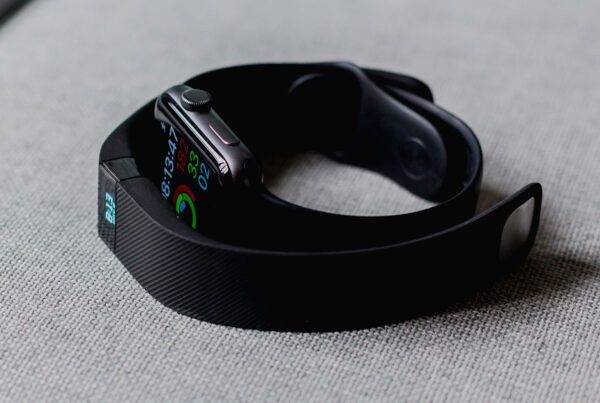Study enrollment is a huge challenge in clinical research, despite research sites spending heavily to improve their success in this area. When research sites keep patient databases clean and up-to-date, they are the best resource to help meet study enrollment goals, but depending on how sites use these databases, they don’t always guarantee success. Many sites are turning toward Clinical Trial Management Software (CTMS) to distribute e-mails and dispatch phone calls to alert their existing patient database of new studies, but despite these efforts, a whopping two-thirds of research sites are not meeting their enrollment requirements for clinical trials.1
One aspect of the problem is that people simply aren’t responding or checking all of their e-mails as much. According to Scientific American, the total volume of e-mail has decreased approximately 10% since 2010,2 with the more direct and efficient mode of text messaging taking the upper hand.
And remember phone calls and direct mail? Even before total e-mail volume began its decline, people were already putting phone calls and direct mail on the back burner. While phone can connect people real-time, they can be considered time-consuming and not as effective or popular as they used to be—Americans ages 18-29 exchange text messages 5 times more per day vs phone calls, and even in the 65 and over group, daily texting overtakes phone calls 4.7 to 3.8.3 Direct mail can still be useful, but it lacks the time-sensitivity and immediacy of digital methods, like text messaging. Further, 44% of direct mail is not even opened.4
When Mazen Zari, co-founder of Johnson County Clin-Trials (JCCT) clinical research facility, was faced with declining enrollment rates based on traditional e-mail blast methods, he decided to instead utilize Mosio’s text messaging solutions to recruit patients.5 To Zari’s delight, he experienced immediate returns, with 1,541 text messages being sent, 795 patients screened, and 265 patients enrolled—all within the first 8 weeks of the text messaging campaign. According to Zari, “We had an amazing response! The minute we sent the text, we would immediately get a lot of calls. It was not double, not, triple, but five times the response, even with less people contacted (compared to e-mail)… [and]…patients really liked it!”
[av_promobox button=’no’ label=’Click me’ link=’manually,http://’ link_target=” color=’theme-color’ custom_bg=’#444444′ custom_font=’#ffffff’ size=’large’ icon_select=’no’ icon=’ue800′ font=’entypo-fontello’ av_uid=’av-2h16x1′]
Before you jump in, though, here are a few things to consider:
- Get permission — Getting patients permission is a great user experience, plus it keeps you in compliance with the mobile carriers.
- Establish your process — from getting IRB approval to specifying calls to action—make sure your team is on the same page regarding how you’ll add text messaging to your patient recruitment efforts.
- Choose an experienced text messaging vendor. Be selective in choosing one with demonstrated experience in clinical trials.
- Run a pilot — get started on a few studies, and see how text messaging can impact your clinical trial recruitment.
- Get started — it doesn’t have to be difficult, and with the right help, you can get going immediately.
With research sites in dire need of revamping the power of their patient databases, implementing text messaging can effectively improve on this valuable resource and help sites get out of the patient enrollment rut.
Want more exclusive industry insights? Join the Patient Recruitment and Retention (PR+R) LinkedIn Group.
References
- Tufts Center for the Study of Drug Development. Drug developers actively improving efficiency of clinical trials. http://csdd.tufts.edu/news/complete_story/rd_pr_apr_2011.
- Pogue D. Is messaging going to kill e-mail? February 17, 2015. Scientific American. http://www.scientificamerican.com/article/is-messaging-going-to-kill-e-mail/
- Zinevych S. E-mail vs. SMS vs. push notifications: which is more effective? September 29, 2014. http://publ.com/blog/2014/09/29/e-mail-vs-sms-vs-push-notifications-which-is-more-effective/
- Pick T. 104 Fascinating social media and marketing statistics for 2014 (and 2015). December 2, 2014. http://www.business2community.com/social-media/104-fascinating-social-media-marketing-statistics-2014-2015-01084935
- Alsumidaie M. Text messaging: enhancing clinical trial patient recruitment and enrollment. November 3, 2014. Applied Clinical Trials. http://www.appliedclinicaltrialsonline.com/text-messaging-enhancing-clinical-trial-patient-recruitment-and-enrollment







